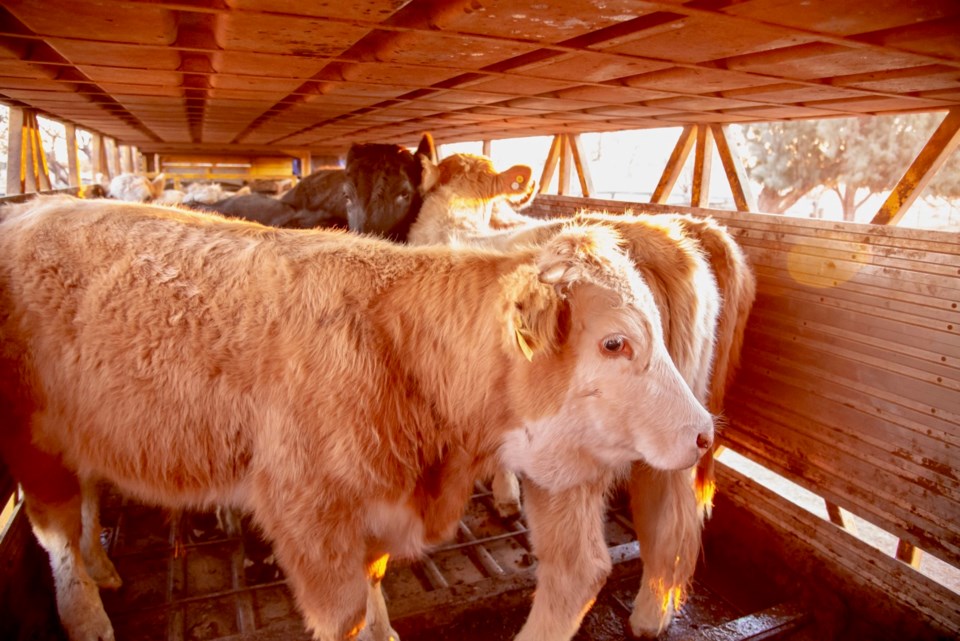The Canadian Food Inspection Agency’s livestock transport regulations appear to be a compromise between science and popular opinion.
In fact, the agency has said as much.
CFIA’s new policy requires the offloading of cattle for eight hours after 36 hours of travel. But another federal government department has research that contradicts the need for weaned or fat calves — the ones most likely to see longer rides — to be unloaded, fed, watered, rested and reloaded.
Three scientific studies by Agriculture Canada have concluded that the above-noted CFIA regulation brings no benefit. The science suggests that offloading and reloading delays arrival with little to no benefit for the cattle, potentially increasing the risk of injury and threatening biosecurity.
Domestically, cattle moving to and from Alberta or Saskatchewan and Ontario would be the most likely loads affected by the new rules. Stops in Thunder Bay are now required to meet regulations and investments have been made there to accommodate the added livestock traffic.
Those costs will trickle down to the primary producers, as all agricultural costs seem to do.
CFIA’s new regulations replace a 1977 set that required unloading and access to rest, feed and water after 48 to 52 hours. That pause was for a minimum of five hours.
Yet Canadian research has shown more than 99 percent of animals arrive in good condition after 48 hours of transport. Two weeks ago, CFIA responded to a reporter’s questions about the term of travel and the most recent study that involved Agriculture Canada by suggesting only that animals being offloaded after 35 hours were in good condition. It failed to address the fact that they also arrive that way after 48 or more.
Where is the science that backs CFIA’s decision to amend the 48-hour rule? CFIA says it consulted more than 400 scientific articles and heard from the public, scientists, farmers, the food industry and animal welfare groups.
When draft regulations were released in 2016, the CFIA received more than 51,000 comments during its consultation process. It claims the updates from the 1977 regulations are science- and outcome-based.
The agency’s own rules require “all those involved in the transport of animals must be knowledgeable, accountable, and take proactive steps to ensure animal well-being.” One might be right to ask whether unloading animals after 36 hours and waiting for eight hours is the best treatment cattle could receive on a 48-hour journey.
CFIA faced significant pressure from animal rights groups in the 20 years that elapsed between regulatory updates on livestock transport. When compared to other places in the world, Canada has some of the longest uninterrupted livestock hauls allowed. But, because of the Great Lakes and Canadian shield, it also has some of the longest stretches in the world to transit between large population centres.
In the European Union, cattle are limited to eight hours of truck travel and in the U.S. the number is 28, but the geography and demography in each case is very different.
A true benefit to cattle would arise if the CFIA used the outcome- and science-based approaches it claims to endorse, including Agriculture Canada research. It should work with the industry that relies on the regulations instead of trying to, as CFIA’s chief veterinary officer said in 2019 “achieve a balance” between animal activists and the farming and food industry.
That would see the agency do the right thing for the cattle and the folks who raise them.
Karen Briere, Bruce Dyck, Barb Glen and Mike Raine collaborate in the writing of Western Producer editorials.




